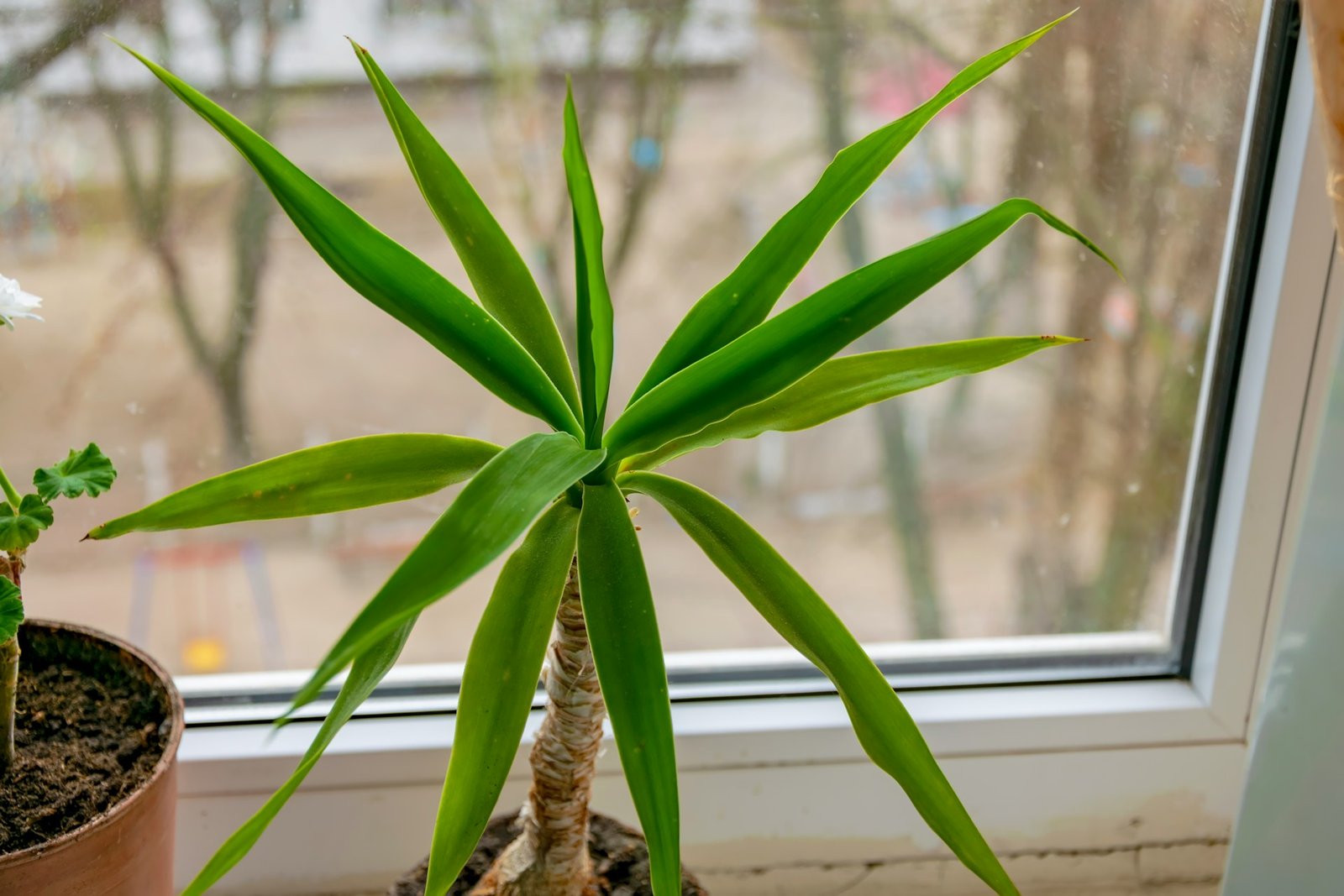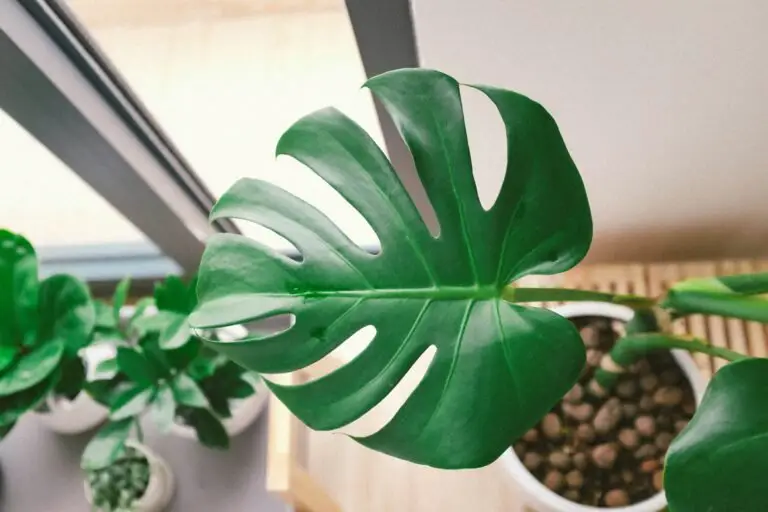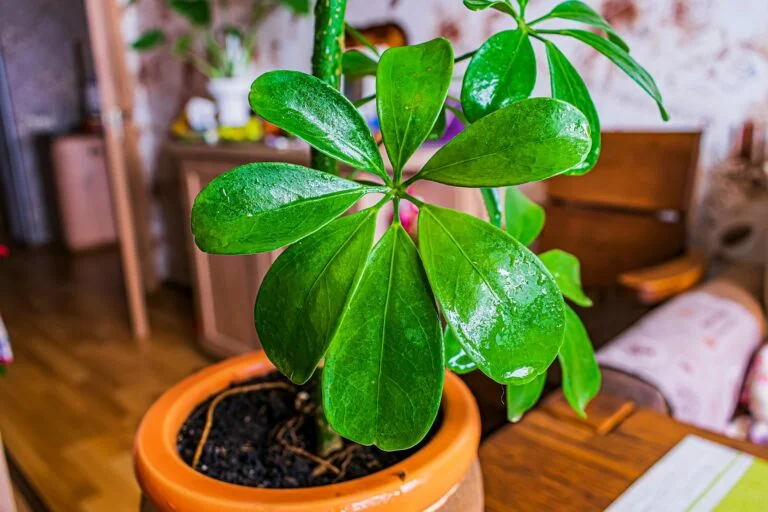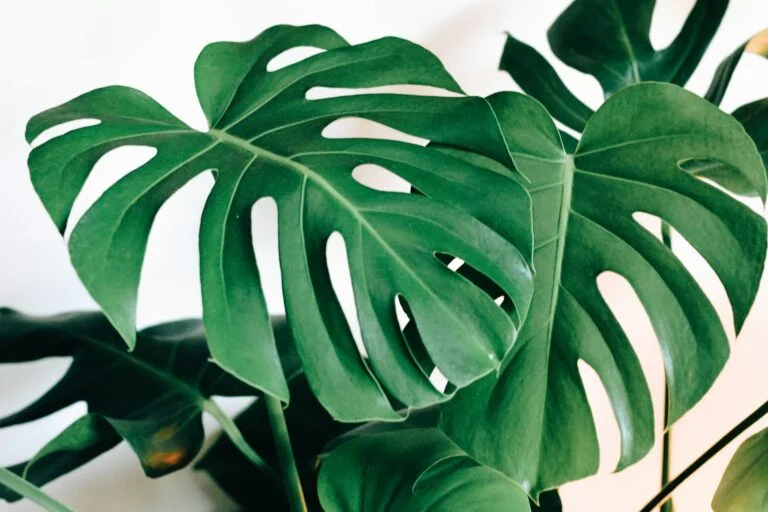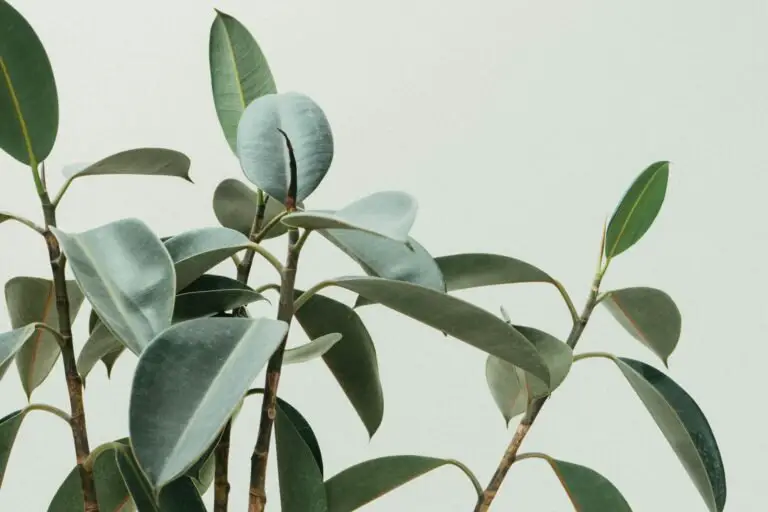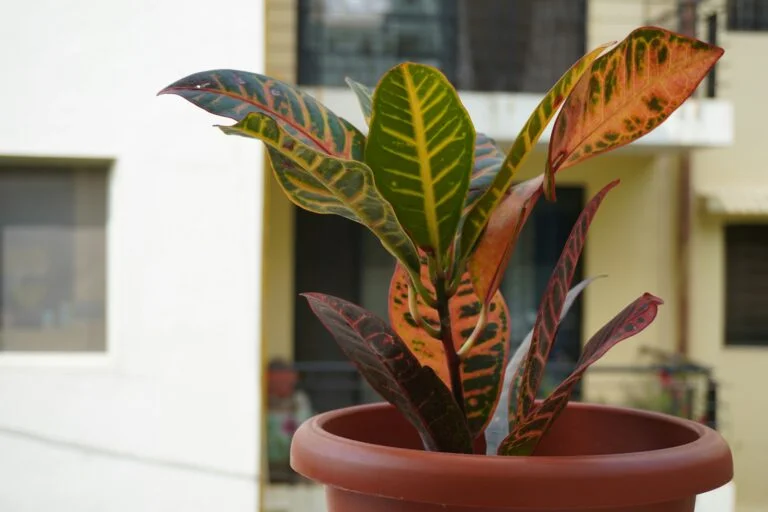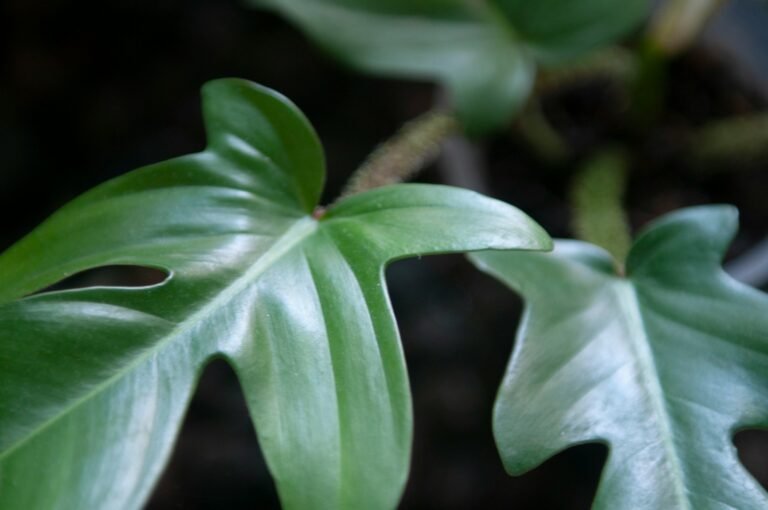7 Dracaena Care Tips for a Healthier, Happier Plant
If you want a plant that looks like you tried without actually requiring much from you, Dracaena is your new best friend.
With its upright growth, spiky leaves, and air-purifying rep, Dracaena has quietly become a houseplant MVP. It comes in a ton of varieties—from the tall, cane-like Dracaena fragrans (Corn Plant), to the sculptural Dracaena marginata (Dragon Tree), to the bushy Lemon Lime or Warneckii hybrids.
And the best part? It’s low-maintenance, stylish, and forgiving—as long as you avoid a few rookie mistakes.
Here are 7 must-know tips for keeping your Dracaena healthy, happy, and doing its spiky thing for years.
1. Go Easy on the Water

Overwatering is the #1 way to ruin your Dracaena’s vibe. These plants don’t want soggy soil.
What to do:
- Let the top 1–2 inches of soil dry out between waterings
- Water less in winter
- Always use a pot with good drainage
Yellow leaves? That’s Dracaena screaming: “Too much, friend.”
Bonus tip: Fluoride in tap water can cause leaf tip burn. If you see brown tips, switch to filtered or distilled water. Yes, it’s that sensitive.
2. Give It Bright, Filtered Light
Dracaena isn’t super picky about light, but it does have a preference.
What it loves:
- Bright, indirect light
- A few feet back from a sunny window
- Filtered sun (sheer curtain = perfect)
What it tolerates:
- Lower light (slower growth, maybe duller colors)
What it hates:
- Harsh, direct afternoon sun = crispy, scorched leaves
- Total darkness = leggy and sad
Different varieties need different amounts. The more colorful the leaf, the more light it needs to stay looking sharp.

3. Skip the Frequent Fertilizer
You don’t need to bombard this plant with nutrients. In fact, too much fertilizer = more tip burn and root stress.
How to feed:
- Once a month during spring and summer
- Use a balanced, diluted liquid fertilizer
- No feeding in fall or winter
If your plant is growing just fine without it? Honestly, skip it. This plant doesn’t need a lot to look good.
4. Pick the Right Soil
You don’t need a fancy mix here—just something that drains well and doesn’t stay wet for days.
Best option:
- Regular houseplant potting soil with a handful of perlite or sand mixed in
- Light, airy, and not soggy
Repot every 2–3 years, or when it’s rootbound and growth stalls. Don’t jump to a huge pot—just go up one size.
5. Prune When It Gets Leggy or Wild
Dracaenas can get tall, awkward, or bare near the bottom. Luckily, they’re easy to shape.
How to prune:
- Use clean shears
- Cut above a node or leaf line
- New growth will sprout below the cut
You can also propagate the cut stem in water or soil—Dracaena is surprisingly generous like that.
6. Keep It Warm (and Chill with the Drafts)
Dracaena is not into cold weather drama. Keep temps stable.
Ideal range:
- 65–80°F (18–27°C)
- No cold drafts or hot air blasts
- Definitely no freezing temps—it will sulk or die
If the leaves suddenly drop or curl? Check for temperature swings or a drafty window.
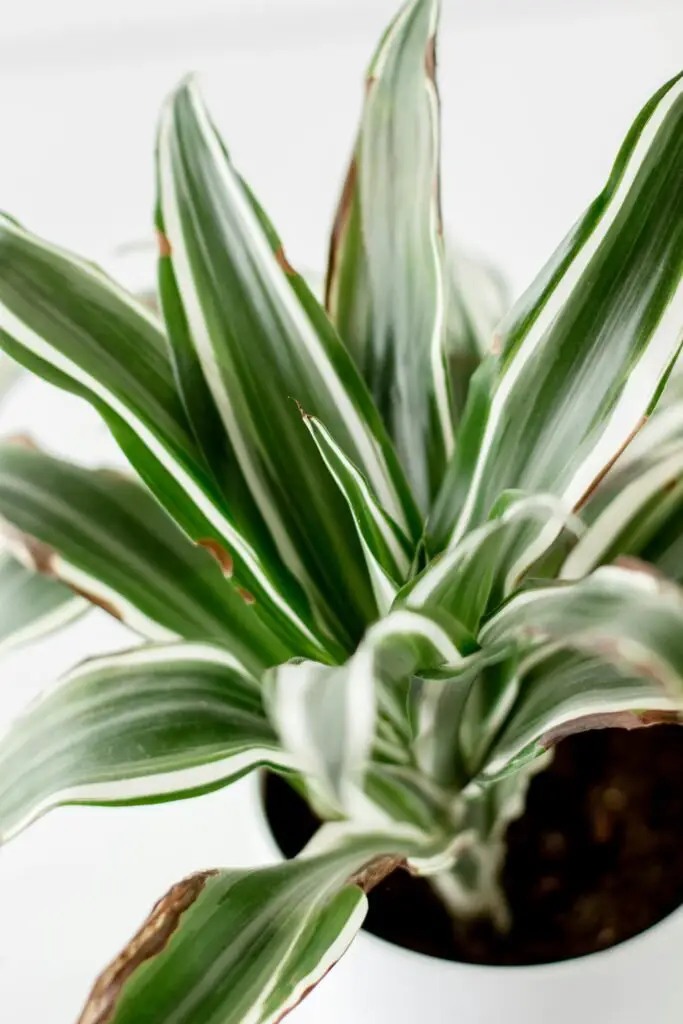
7. Wipe Down Those Leaves
Dracaena leaves collect dust like magnets. And dusty leaves = blocked light and reduced growth.
How to clean:
- Wipe each leaf gently with a damp cloth every couple of weeks
- Use this time to check for pests like spider mites or mealybugs
Clean leaves = better photosynthesis = stronger growth. Plus, it just looks better.
Final Thoughts
Dracaena is one of those plants that gives you a lot… without asking for much.
Bright, indirect light? Check. Moderate watering? Easy. Minimal fuss? Absolutely.
Whether you’re a first-time plant parent or just want something low-maintenance with high visual impact, Dracaena delivers.
It’s a statement plant without the stress. And once you find the right balance, you’ll wonder why you didn’t get one sooner.

